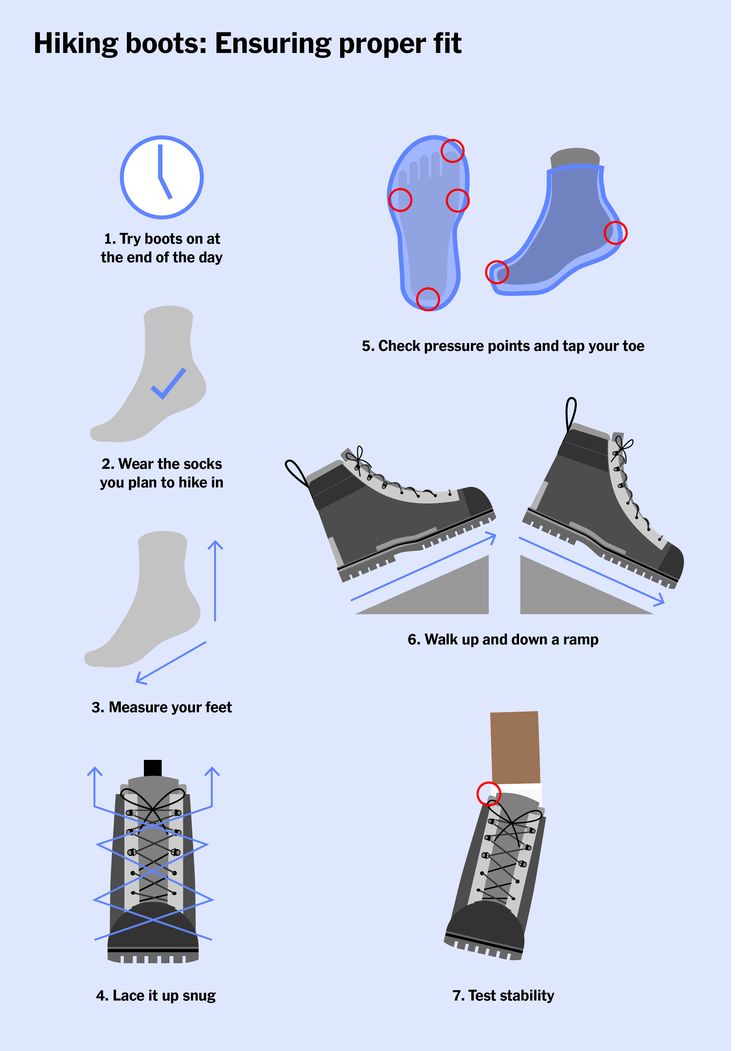Choosing the right hiking boots can feel like a Goldilocks situation. Too loose, and you’ll be battling blisters and instability on the trail. Too tight, and you’ll be cursing every step with cramped toes and aching feet. It’s a delicate balance, and finding that “just right” fit is crucial for a comfortable and enjoyable hiking experience. But how do you achieve that perfect fit? Let’s dive into the details and explore the nuances of hiking boot tightness to help you conquer those trails with happy feet!
Understanding the Importance of Proper Hiking Boot Tightness
Why is getting the tightness of your hiking boots right so important? Well, aside from avoiding the aforementioned blisters and toe cramps, proper fit directly impacts your stability, balance, and overall performance on the trail. Think about it: loose boots mean your foot is sliding around, increasing the risk of ankle rolls and falls. Boots that are too tight restrict circulation and can lead to numbness and pain.
Ultimately, the goal is to find a fit that’s snug and secure without being constricting. It’s about allowing your foot to move naturally while providing the support you need to tackle varied terrain.
Key Factors Influencing Hiking Boot Tightness
Several factors influence how tight your hiking boots should be. It’s not a one-size-fits-all answer! Consider these elements:
- Sock Thickness: The socks you wear while hiking will significantly impact the fit. Always try on boots with the socks you plan to wear on the trail.
- Terrain: Are you hiking on flat, easy trails, or tackling steep, rocky ascents? More challenging terrain demands a more secure fit.
- Foot Shape: Everyone’s feet are different! Some people have wide feet, while others have narrow feet. Choose boots that accommodate your foot shape.
- Boot Type: Lightweight trail runners will fit differently than heavy-duty backpacking boots.
So, before you even start lacing up, take a moment to consider these factors. It’ll make a big difference in finding the right fit.
How to Test the Tightness of Your Hiking Boots
Okay, you’ve got your boots, your socks, and you’re ready to try them on. But how do you actually test the tightness? Here’s a step-by-step guide:
The “Finger Test” for Hiking Boot Tightness
With your boots laced up snugly, but not overly tight, try to slide a finger down the back of your heel. You should be able to fit one finger comfortably. If you can fit two fingers, the boots are likely too loose. If you can’t fit any fingers, they’re probably too tight.
The “Toe Wiggle” Test for Hiking Boot Tightness
Stand up and kick your heel back into the heel cup of the boot. You should have enough room to wiggle your toes freely. They shouldn’t be cramped or pressed against the front of the boot.
Walking Around to Test Hiking Boot Tightness
Walk around the store (or your house) for a few minutes. Pay attention to how your feet feel. Are there any pressure points? Is your heel slipping? Do your toes feel cramped? This is your chance to identify any potential problems before you hit the trail.
Adjusting Your Laces for Optimal Hiking Boot Tightness
Lacing techniques can make a huge difference in how your boots fit and feel. Experiment with different lacing patterns to find what works best for you.
Different Lacing Techniques for Hiking Boots
- Heel Lock Lacing: This technique helps to prevent heel slippage, which is a common cause of blisters.
- Toe Relief Lacing: This technique provides more room in the toe box, which can be helpful for people with wider feet or those who experience toe cramping.
- Power Lacing: This technique provides a more secure and supportive fit, which is ideal for challenging terrain.
Don’t be afraid to experiment! A little tweaking with your laces can make a world of difference.
Frequently Asked Questions About Hiking Boot Tightness
Finding the perfect fit for your hiking boots is a journey, not a destination. It takes time, experimentation, and a willingness to listen to your feet. Don’t rush the process, and don’t settle for anything less than a comfortable and secure fit. Remember, happy feet make for happy trails! Now get out there and explore!






